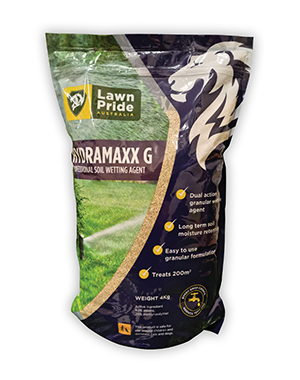When it’s too Hot to Mow Your Lawn!
A healthy lawn provides you and your family with a green, lush and welcoming environment. However, when temperatures rise and the harsh summer sun beats down on your lawn, the ...

You can bring the green back!
 Crispy might be great when it comes to chips, but it’s not so appealing when it’s the only word you can think of to describe your lawn at the end of a long, hot summer.
Crispy might be great when it comes to chips, but it’s not so appealing when it’s the only word you can think of to describe your lawn at the end of a long, hot summer.
Many Australians don’t bother to water their lawns, choosing instead to rely on natural rainfall but even hardy grass types cannot withstand many weeks of drought and heat. Most lawns will survive no water for up to four weeks but any more than that may be terminal.
If your lawn is crunching when you walk on it, don’t despair! According to Rusty Garton from LawnPride Australia, many lawns can be revived and then with simple maintenance, never need to get “crispy” again.
Here are Rusty’s steps to bringing the green back:

HYDRAMAXX G – 4kg is a NEW dual-action granular wetting agent that improves the water distribution and retention of your lawn. HYDRAMAXX G recommended application rate is 2kg/100sqm which covers up to 200sqm of lawn. This product is safe for use around children and domestic cats and dogs, is non-toxic and environmentally safe.
SHOP NOWNow that the dry spell will soon becoming to an end it is a great time to consider replacing your current lawn. To find out more information on our varieties –
Or check out our handy Quick Lawn Selection Guide.